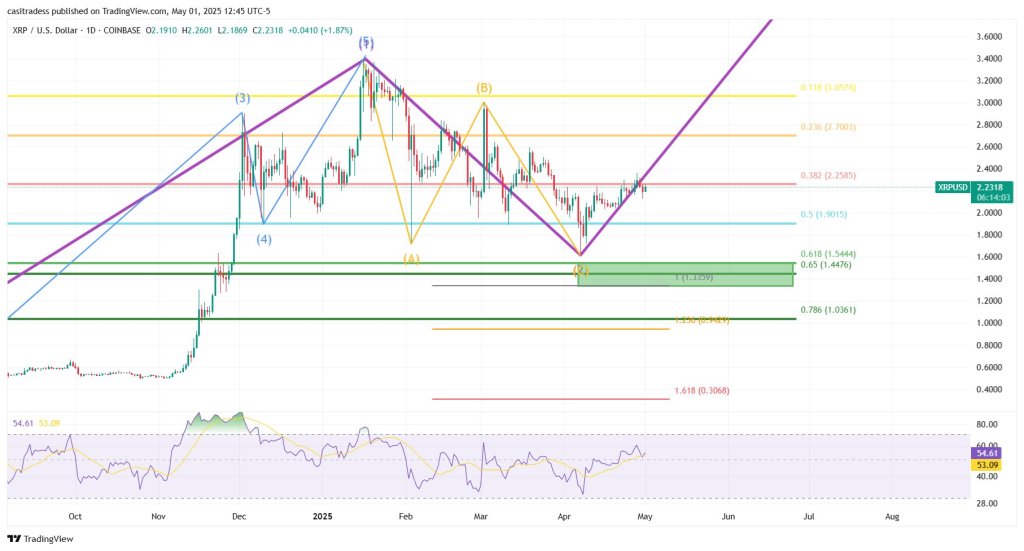
WASHINGTON, D.C. — With a single signature on July 4, President Donald Trump enacted a federal budget law that will fundamentally restructure how students in the United States borrow, repay, and qualify for college funding. Nicknamed the “Big, Beautiful Bill”, the legislation introduces a series of deep changes to the federal student loan system—most of which will take effect by mid-2026.
Though overshadowed by the holiday, the law represents a defining shift in federal higher education policy. It narrows repayment choices, imposes firm borrowing caps, limits aid eligibility for certain students, and eliminates protections that have long offered relief during periods of unemployment or economic hardship.
This isn’t a tweak to existing programs—it’s a top-down redesign.
Two Repayment Plans Will Replace All Others
Beginning July 1, 2026, the current array of federal student loan repayment plans will be replaced with just two standardized options:
-
Fixed Repayment Plan: Borrowers will make equal monthly payments over a term of 10 to 25 years.
-
Repayment Assistance Plan (RAP): An income-driven option requiring borrowers to pay 1% to 10% of their monthly earnings, with repayment lasting up to 30 years. After that period, any remaining balance will be discharged.
This new structure eliminates existing income-based plans like PAYE, REPAYE, and SAVE, which offered shorter forgiveness windows (typically 20 or 25 years). Borrowers already enrolled in those plans will be allowed to remain in them temporarily, but must switch by July 1, 2028.
Critics argue that extending repayment to 30 years effectively delays financial freedom for lower-income borrowers. Supporters, on the other hand, say the simplified structure could reduce confusion and administrative errors.
Pell Grant Rules Tighten — But Also Expand
The new law redefines who can access Pell Grants, the federal government’s main form of need-based aid.
One key provision eliminates Pell eligibility for students receiving full scholarships from their institutions. Under the new rule, these students will no longer be able to claim additional federal aid, regardless of other financial considerations.
At the same time, the law broadens eligibility to include students enrolled in short-term, career-focused training programs. This expands the use of Pell Grants beyond traditional degree pathways to include certificate programs in fields like skilled trades, information technology, and healthcare—some of which can be completed in a matter of months.
The calculation method used to determine aid—known as the Student Aid Index (SAI)—is also being revised. Higher-income households, particularly those with complex financial situations or regional cost-of-living challenges, may find it more difficult to qualify for federal assistance under the new formula.
Graduate and Parent Loans Face New Federal Limits
The law also introduces strict borrowing caps on graduate students and parents—two groups that, until now, had access to virtually uncapped federal lending through PLUS loan programs.
For Parents
-
Parent PLUS Loans will be capped at $20,000 per year, with a $65,000 lifetime maximum.
-
Previously, parents could borrow up to the full cost of attendance, minus other aid.
For Graduate Students
-
Grad PLUS Loans will be discontinued for new borrowers starting July 1, 2026.
-
Existing borrowers may continue using the program if they entered before that date.
Instead, graduate students will have access to tiered Direct Unsubsidized Loans based on their program type:
-
Professional Degrees (law, medical, dental, etc.):
-
Up to $50,000 annually, with a $200,000 lifetime cap
-
-
Academic or Non-professional Degrees (humanities, arts, etc.):
-
Limited to $20,500 annually, and $100,000 total
-
These caps are expected to reshape enrollment patterns in high-cost graduate programs. Institutions may face increased pressure to offer institutional aid or risk losing access to qualified students.
Hardship and Unemployment Deferments Eliminated
One of the most significant—and controversial—changes in the bill is the removal of deferment options for borrowers experiencing economic hardship or unemployment.
Under the current system, borrowers can postpone loan payments for up to three years during periods of job loss or financial instability. That protection will disappear in 2026.
After that point, all borrowers will be expected to continue making payments regardless of income loss—unless they qualify for a temporary forbearance, which comes with stricter limits and continues to accrue interest.
Advocacy groups and borrower protection organizations have warned that this shift could lead to a spike in delinquencies, particularly among recent graduates in unstable labor markets or gig work.
The Shape of Federal Aid Is Changing
The July 4 law signals a philosophical turn in the government’s approach to higher education: fewer options, more personal responsibility, and a narrowing of safety nets.
Supporters frame the bill as a long-overdue cleanup of a confusing and overly generous system. Critics argue it imposes new burdens on those least able to absorb them—especially first-generation students, low-income families, and those pursuing careers in public service or academia.
Though most provisions don’t take effect until mid-2026, the message is clear now: Students entering college or graduate programs in the next two years will face a sharply different financial aid landscape than those who came before.
The reforms are law. The timelines are set. And the era of broad federal loan access is coming to a close.
Also Read: Federal Student Loan Wage Garnishments Resume This Year for Delinquent Borrowers




